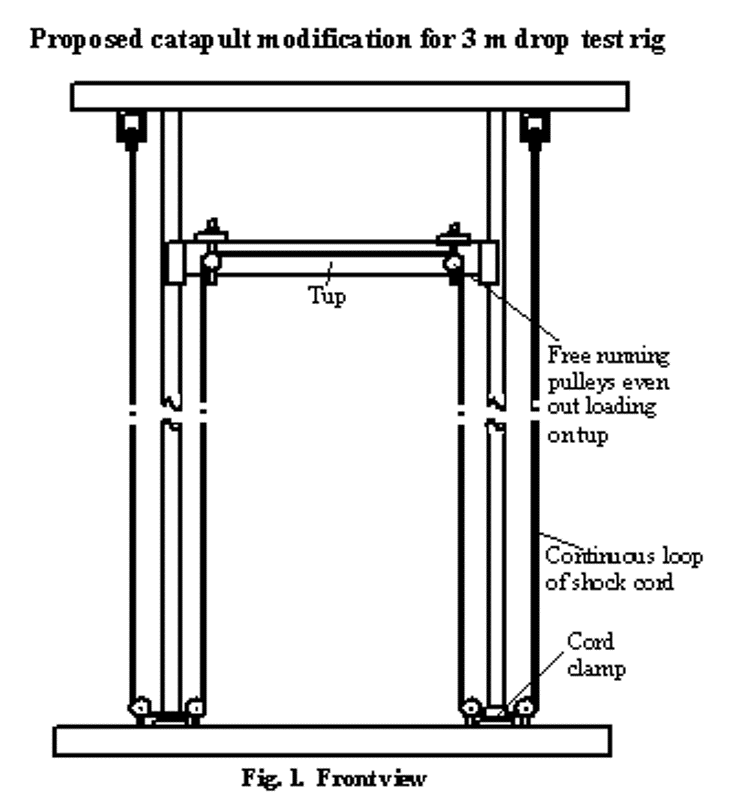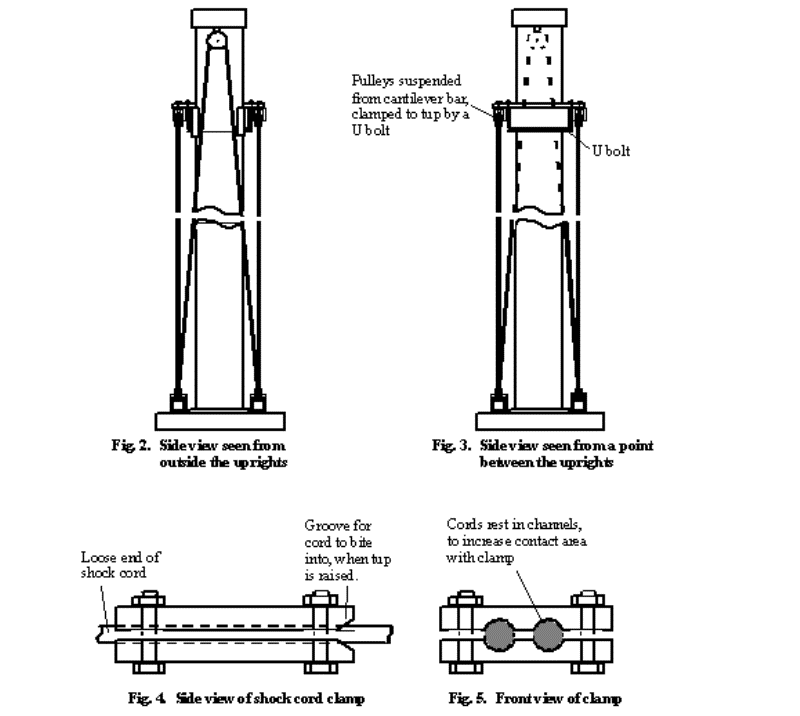4th Formal PEDSALI Project Meeting, Monday 22nd April 2002
Report on work done by Cheshire Innovation
1 Research-University lead
Cheshire Innovation assists the University team in the work described in Dr. Zhu's reports.
2 Research-Cheshire Innovation lead
2.1 Optimisation of elastomeric material in SALi filled beams.
Packing fraction for large size (F038, 4.8-10 mm diam.) Sconapor beads = 61.3%
Packing fraction for small size (F438, 1.2-2.8 mm diam.) Sconapor beads = 65.5%
Packing fraction for mixture 8 parts large size Sconapor beads +
5 parts small Sconapor beads =71 %
Comments: (i) Increasing the packing fraction of beads from 65.5% to 71% decreases the liquid fraction by 5.5% from 34.5% to 29%.
Because the liquid is more dense than the Sconapor beads, the weight saving offered by blending is greater than 5.5%.
(ii) These figures are only approximate because the shape and size of the storage vessel effects the packing fraction.
2.2 Additional ways of reducing the liquid weight include
(i) Adding golf ball sized balls made from Sconapor.
(ii) Adding a block of foam, to the rear of the SALi, but still inside the package.
(iii) Putting SALi inside a hollow bumper shaped elastomeric foam block.
(iv) Mixing the matrix liquid with polymeric microspheres.
Measures (i), (ii) or (iii) alone might each reduce the liquid weight by about half.
Measure (iv) alone will reduce the liquid weight by at the very least half.
Measure (iv) will also increase the viscous damping offered by the bumper and reduce kickback.
2.3 Design of strong fabric test cell
A cotton fabric test cell, with a Covelle lining is being developed, to compliment the metal piston and cylinder test cell. The metal test cell should provide accurate, repeatable impact test results but the metal-to-metal impacts may not be valid for predicting lower leg-SALi filled bumper bar impacts. The fabric test cell will provide some evidence on the validity of the piston and cylinder test cell results.
2.4 Development of prototype SALi filled bumper beams and long term creep tests
The School of Engineering Safety Officer gave approval for the heat welding equipment to used from 12th April 2002. Techniques and tools for use with the equipment are currently being developed. Long term creep tests will take place in the laboratory and be complimented with exposure tests, using SALi filled Covelle bags mounted at various positions on a vehicle.
2.5 Proposed catapult upgrade for 3 metre drop test rig
The purpose of the upgrade is to increase the range of impact velocities which the 3 metre rig can deliver. (The 40 km/hour pedestrian impact criteria can only be achieved after a free fall drop of 6.4 metres.) The proposed catapult design can be
retro-fitted to the existing 3 metre free fall design, without dismantling the rig. The fairly complex arrangement of pulleys shown offers the following features:
(i) The shock cord loading on the tup during the drop should be even.
(ii) The loading on the release pin, when the tup is raised to its maximum drop height will be minimised.
(iii) The tension on the shock cord will fall to zero just before impact, so that the tup is falling freely at the moment of impact.
Dr Zhu has modified the design of the release pin mechanism, to cope with the increased load caused by the tensioning of the shock cord, but experiments with the modified rig will be required before we can ascertain whether or not the catapult modification will allow us to reach impact velocities of 40 km/hour.


2 Work on protecting PEDSALI intellectual property
2.1 Patent application WO 99/49236 (copy of front page attached) has been approved as a full patent by the European Patent Office and is now being steered through the national stages in the following European countries:
Germany, Spain, France, United Kingdom, Italy, Netherlands, Sweden.
The wording of the patent is still being negotiated with the United States Patent Office, which has different examination rules to Europe.
2.2 Patent application WO 02/21013 (copy of front page attached) has been published by the World Intellectual Property Organisation. It is now at the Chapter II stage of international examination. This means that during the next few months CI will be involved in regular exchanges with patent examiners in Munich, refining the wording of the description and claims. A successful outcome for the Chapter II phase will be that the application can then move forward to the European and national phases.
3 Associated Cheshire Innovation work
The application for SMART funding is still being considered. Approval will benefit the PEDSALI project indirectly because the proposed SMART funded research work will include preliminary investigations into SALi filed crush cones to be mounted behind bumpers and improved crash protection using SALi filled sub-frames.
---------------------------------------------------------
C3/P35: Foresight Vehicle; PEDSALI
Collaborative Project between University of Manchester, Dow Automotive and Cheshire Innovation supported by EPSRC and DTLR (formerly DETR)
